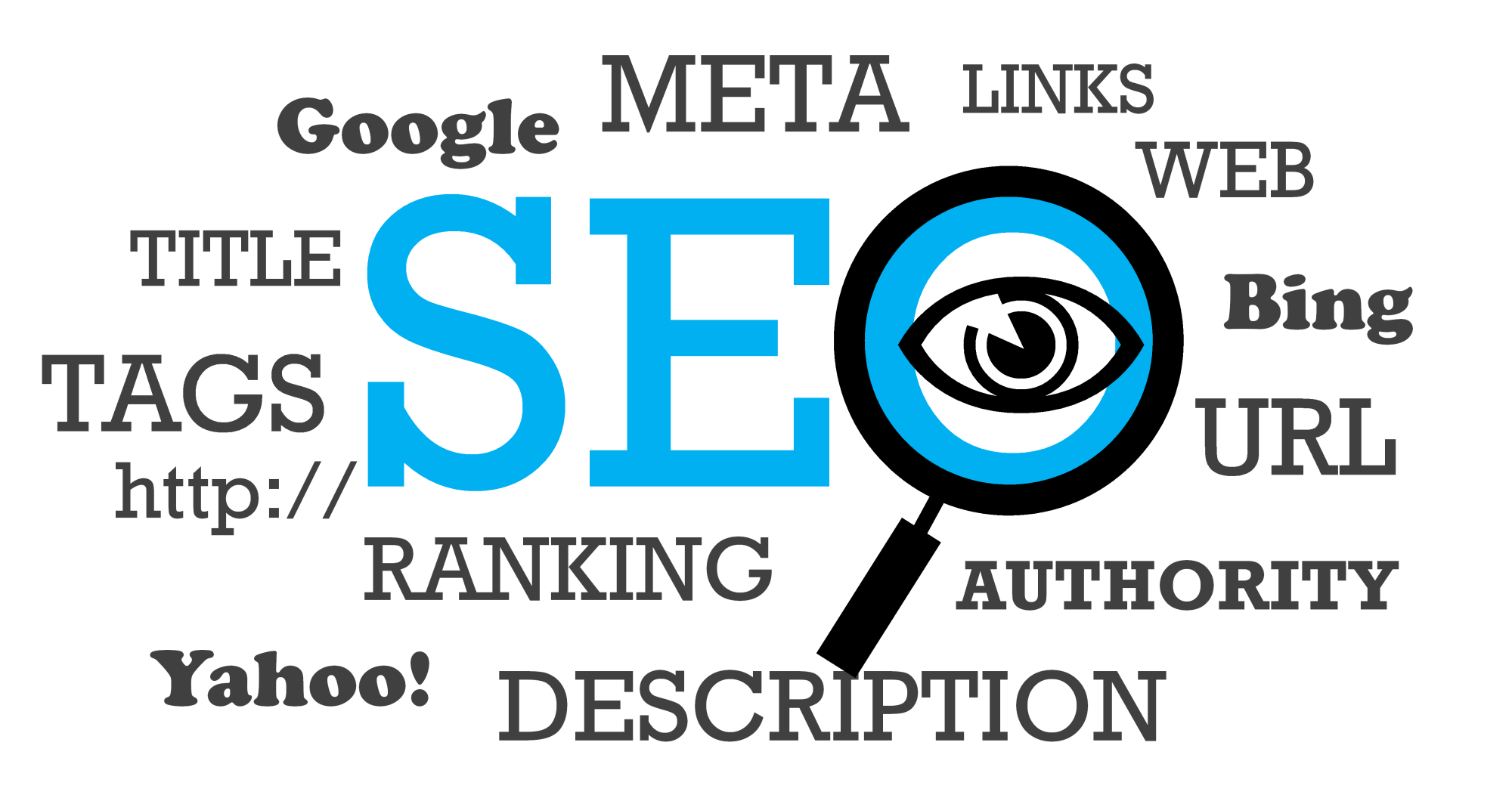Do you own a business website?
The pandemic put the world on hold. New social distancing policies pushed many businesses to close. Data from yelp shows that 60% of businesses, almost 98 thousand, won’t reopen after the pandemic.
Because of this, many businesses moved to online platforms. This opened them to new opportunities in the eCommerce landscape. Today, there are over 1 billion websites on the internet.
If you own a business, your Google website ranking can boost your visibility. Whether you’re starting a new website or have had one for a while, you need SEO. In this article, we show you some online traffic tips to boost your website’s ranking.
1. Conduct Keyword Research
SEO stands for Search Engine Optimization. Many big search engines like Google use an algorithm to rank content for web browsers. They do this based on keywords present in a website’s content.
To find the right keywords, you need to conduct keyword research. Your research will serve as the foundation of your website’s success. Keywords help your website rank better to place in Google’s organic results.
2. Update Your Content
Most search engines rank recent content higher. Recent content tends to be more relevant than outdated content. If you want to boost your Google website ranking, keep frequent updates on our content.
If you’re a blogging website, ensure to post at least once a week. Aside from publishing new content, you need to update any old content. Fix any misspellings and grammar errors.
Spelling and grammar aren’t factors of SEO on Google. However, even small errors can affect your user experience.
3. Install Social Sharing Buttons
Social media is a huge factor in your online marketing strategy. Many online users find websites and their products through social media. Social media can also help in increasing purchasing behavior.
Studies show that four in ten users on Facebook will buy a product after liking or sharing it. Installing social sharing buttons is one of the best SEO practices that can boost your site.
Social sharing buttons not only drive traffic. It also makes it easier for users to share your content.
4. Maintain Internal Links and Backlinks
Any links on your website are essential to your website’s ranking. Both internal and external links are crucial to building your SEO. When adding links to your keywords, avoid the exact matching of your anchor texts.
Link sparingly when a link is relevant to your anchor text. Otherwise, Google may recognize it as spammy content. You may also use SEO tools like Google Analytics and Ahrefs to check to track mentions of your website.
You may ask website owners to convert any mentions of your site into links. Keep track of your article’s length when adding internal and external links. Use only a few targeted links to help connect your user to related information.
5. Optimize Page Speed
Google’s algorithm prioritizes websites with a fast loading time. While optimizing your webpage for SEO, take note of your site speed. Many users will leave a website if it takes more than three seconds to load.
If you have a slow-loading webpage, you may be losing visitors. Some factors that impact your loading time include image size and script handling. If your website uses images, consider compressing your image files.
Your computer uses resources from its system to load websites. You can use browser caching to store resources on the computer to boost page speed.
If your site uses JS and CSS files, ensure if your website actually needs them. These files can dampen a site’s loading speed. Ask your web designer about optimizing these files.
6. Fix Broken Backlinks
Broken inbound links from other websites may appear as broken backlinks on your site. It may also occur when the linking site made an error while linking. You may also have moved or deleted a page with backlinks.
With broken pages that other sites see, you may be losing referral traffic. You may also lose link equity by not fixing these links. If you want to fix this, enter your domain name into Ahrefs Site Explorer.
This will help you find broken links by reading the Best by Links report. You can filter the results to find broken site pages.
7. Improve Site Navigation
Google wants to put out the best content for their users. When ranking websites, Google prioritizes those with easy site navigation. This helps them to direct their users to a positive browsing experience.
Even if you have the content a user is looking for, they may leave if they cannot find it. Poor site navigation can also leave a negative impression on visitors. It can impact your bounce rate and push your website lower down in ranking.
8. Put Mobile First
While doing this, optimize your content for voice search. Many people use AI assistants, like Alexa and Siri. Check out this link to discover how to increase Alexa rankings.
9. Add Metadata and Update Existing
You can increase SEO results by inserting metadata or updating existing ones. You can start by including keywords at the beginning of your title. You may also add this in your description and alt tags to help users find what they’re looking for.
10. Use Headers
Part of making a mobile-friendly experience is using headers. Web browsers don’t like to read long blocks of texts. If you want to improve your content, use H1 and H2 headers to break up information.
Boost Your Google Website Ranking With These Tips!
Now you know how to improve your Google website ranking! Conduct keyword research, optimize for speed, and prioritize mobile users.
However, you don’t have to stop here. Check out our other guides on SEO for beginners to start building your website today.
